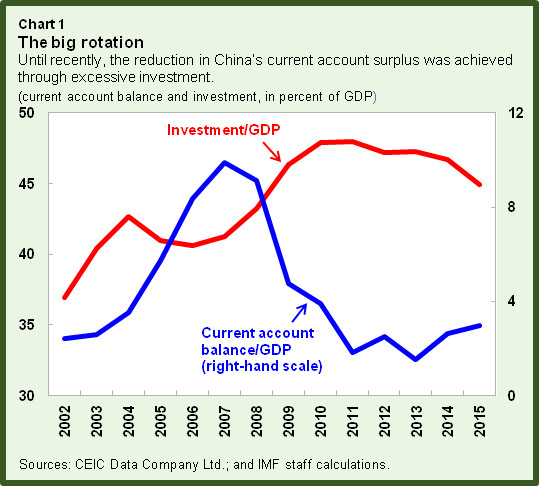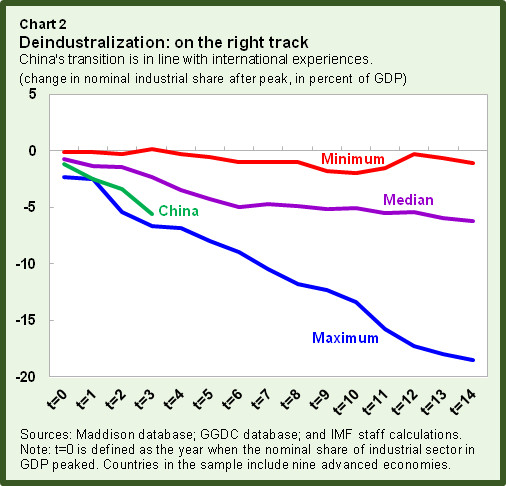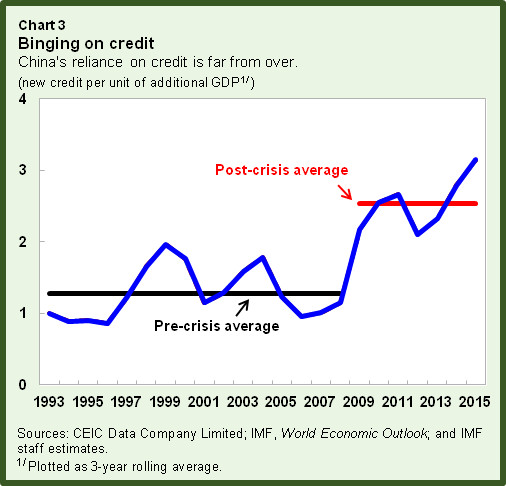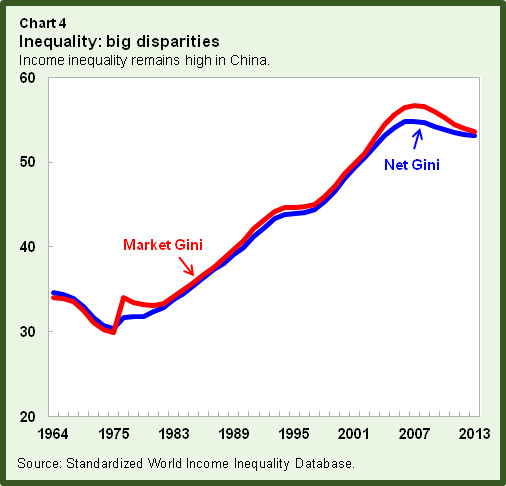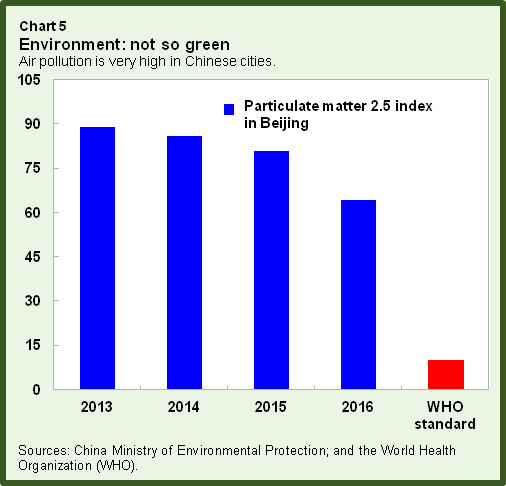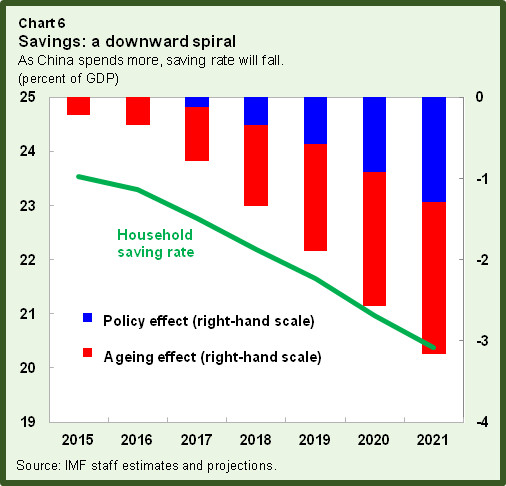Version in 中文 (Chinese)
The word “rebalancing” is often used to describe China’s economic transition. But what does it mean? And how much is China rebalancing? A recent IMF paper attempts to answer these questions.
1. The Scorecard: mixed progress
China's economy is like a large, high-powered ship that is still sailing fast, but in a lopsided way, listing and drawing water. “Rebalancing” refers to the structural transformation that should put this economy on a more even keel, making its voyage more balanced, its growth more sustainable. This economic transformation has four inter-related dimensions: external, internal, environmental, and distributional.
Overall progress since the global financial crisis has been mixed—strong on external rebalancing (i.e., switching from external demand to domestic demand in generating growth), and uneven on the other dimensions. The current account surplus has fallen from the pre-crisis peak of 10 percent of GDP to around 3 percent in recent years, and exports are no longer driving growth.
2. Consumers growing in importance
Until 2011, this reduction in the external imbalance was reflected in a growing internal imbalance as the investment to GDP ratio rose to even higher levels, reflecting the strong fiscal stimulus. Such rotation could be observed in Chart 1. Since 2012, however, internal rebalancing from investment to consumption has made headway, with a notable acceleration in 2015—consumption is now contributing more than two thirds of GDP growth.
3. Deindustrialization: speedy transition
China has made substantial progress on switching from industry to services. The speed of its transition is in line with international experience.
4. Credit: China’s Achilles’ heel
But, critically, progress has lagged on reducing reliance on credit. For example, credit intensity, the amount of new lending provided for each additional unit of output, has more than doubled since the global financial crisis.
5. Pollution and inequality: on the high side
While the energy intensity of output has fallen, air pollution remained very high in cities. Similarly, income inequality remains very high, though labor’s share of GDP is rising.
6. Falling savings
With population ageing and the envisaged strengthening of social safety nets, household savings are expected to fall gradually and consumption to rise. This is good, as it will allow investment to moderate while keeping the current account balance broadly stable. The importance of the services sector will likely continue to increase, helping reduce environmental pressure and increase labor’s share in national income.
The structural transformation of the Chinese economy is a work in progress. The economy is rebalancing, but credit remains the Achilles’ heel—absent decisive corporate restructuring and reform of state-owned enterprises, credit to the nonfinancial private sector will likely rise continuously, increasing the risk of disruptive adjustment.





